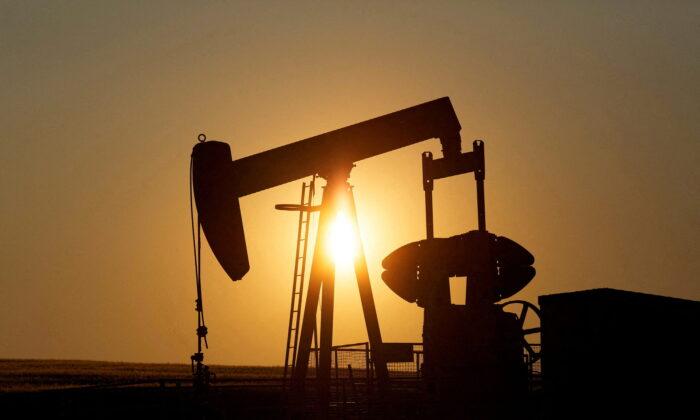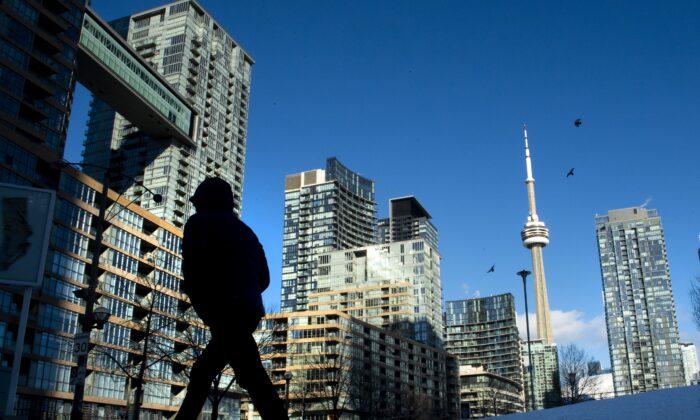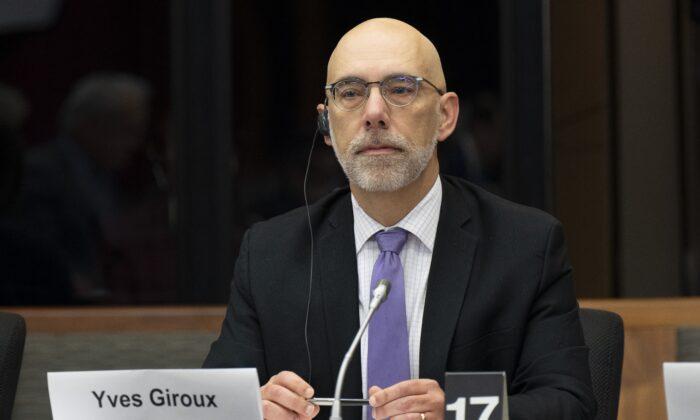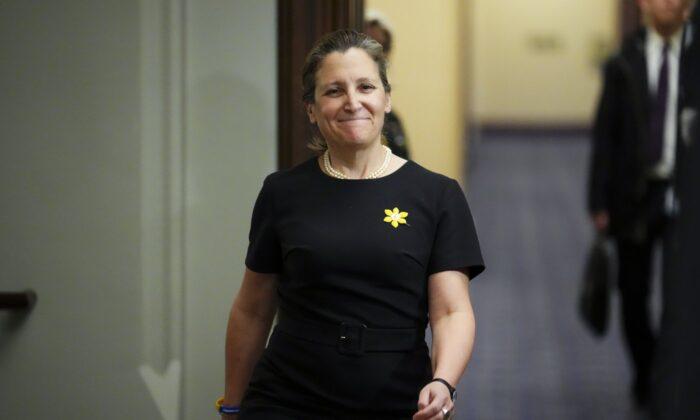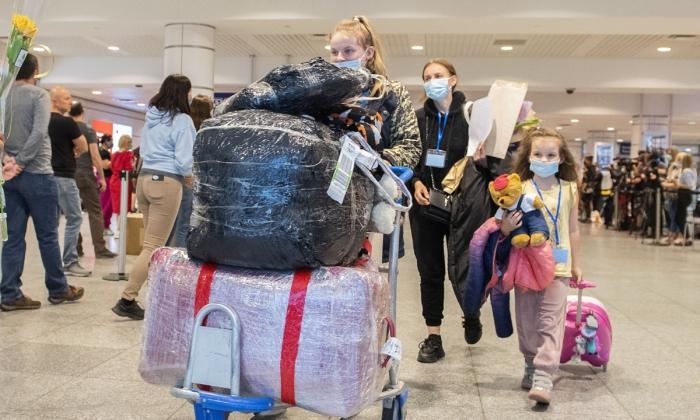Canada’s current climate policies, outlined in a number of federal plans that have been introduced over the past several years, could cause future energy insecurity while increasing oil and gas prices, says a new paper.
“Oil and gas are vital to our mutual security and our energy advantages should not be frittered away,” reads the paper “The Fallacies Undermining Energy Security” published by the Fraser Institute on Nov. 24.
Burney was also named an officer of the Order of Canada in 1993.
“Canada has made no moves to strengthen energy security. Instead, it has doubled down on climate change, increasing the carbon tax and announcing a $9.1 billion plan to reduce carbon emissions by at least 40 percent below 2005 levels by 2030,” Burney wrote.
En route to achieving that goal, Ottawa first hopes to reduce national GHG emissions from Canada’s oil and gas sector by at least 40 percent by 2025.
“There is no substitute for showing up, engaging, and pushing policy plans forward,” he said in a news release while attending the United Nations General Assembly on Sept. 23.
Energy and Agriculture
Guilbeault announced in mid-November that the federal government would be introducing more climate regulations in the near future targeting Canada’s GHG emissions in the country’s oil and gas sector.The new regulations will introduce an emissions cap on the sector and also require those working in the sector to adopt new practices aligned with Canada’s 2030 Emissions Reduction Plan.
The emissions cap will target only emissions, says the federal government, “and will not be a cap on oil and gas production.”
Reducing nitrogen emissions associated with farmers’ use of fertilizer by 30 percent below 2020 levels by 2030 is part of the government’s climate plan to reach net-zero GHG emissions by 2030.
The Department of Agriculture has said farmers will not be required to adhere to the fertilizer emissions reduction targets.
“It is intended to be achieved while maintaining or improving yields.”
